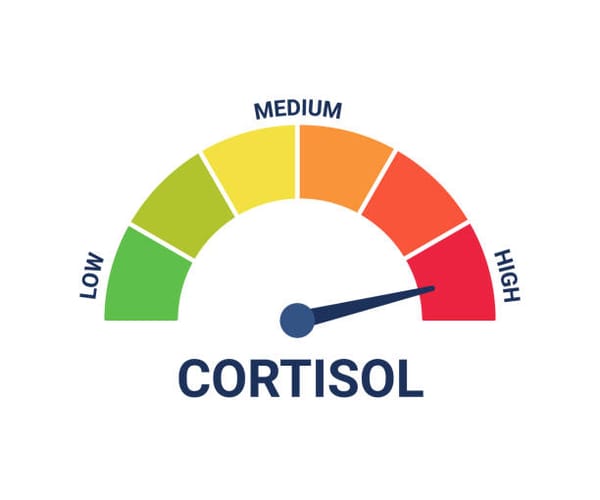THE TOP 4 BENEFITS OF BALANCE TRAINING

Balance exercises improve your ability to control and stabilize your bodies position. This type of exercise is particularly important for older adults - as you age, your ability to know where you are in space, called proprioception, decreases, which contributes to a decline in balance.
Balance exercises can benefit people of any age, including people who have gained or lost a lot of weight or those who become pregnant, which can throw off your centre of gravity.
- Reversing Age Related Loss of Balance
As we get older, our ability to balance declines. For instance, a critical predictor for longevity is the length of time that a person can stand on one leg.
Balancing is a complex skill that involves the brain, muscles, and parts of the inner ear. If you don't practice and maintain balance, the coordination between these three systems can deteriorate over time, making it harder for you to stay upright and maintain proper posture.
Practice, however, keeps everything working as if your body were much younger, helping you to stave off some of the balance issues that might accompany getting older.
2. Preventing Falls
Balance drills help you to control your core and limbs with greater ease. Not only does this help improve the elegance with which you move, but it also helps you avoid falls. When you have good balance, you can more quickly adapt to changes in body position, adjusting on the fly to unexpected variations in elevation, icy conditions or rocks that you didn't see underfoot.
Avoiding falls not only helps you avoid physical damage like broken hips; it also boosts confidence. When you have good balance, you no longer have to worry about whether you might fall every time you leave the house. Even if you're young, having this unconscious awareness allows you to feel more confident in your environment.
When your balance system is working optimally, you can more quickly react to slips, making it less likely that you'll fall.
3. BUILDING BETTER POSTURE
Thanks to an ever more sedentary lifestyle, poor movement form, the average person has terrible posture. Many people develop limitations like hunched shoulders, anterior pelvic tilt, and reduced upper-back mobility. Part of the problem is that, as a population, we don't do the balance exercises necessary to counteract the adverse effects of our lifestyle.
Improving balance is excellent for posture. It teaches you the static and dynamic positions that are natural to your human form. Outstanding balance requires good posture: the two go hand-in-glove.
4. ALLOWING FASTER RECOVERY FROM INJURY
Balance exercises are also important for recovering from injury. For example - if you sprain your ankle, you could be a risk for re-injury if you don't retrain your balance. The reason being, when you sprain your ankle, the muscles around the joint stop contracting in a coordinated fashion therefore the joint become destabilized.
If you do balance exercises after the injury, it retrains the muscles to contract together, which better stabilizes the joint during movements and prevents re -injury.



